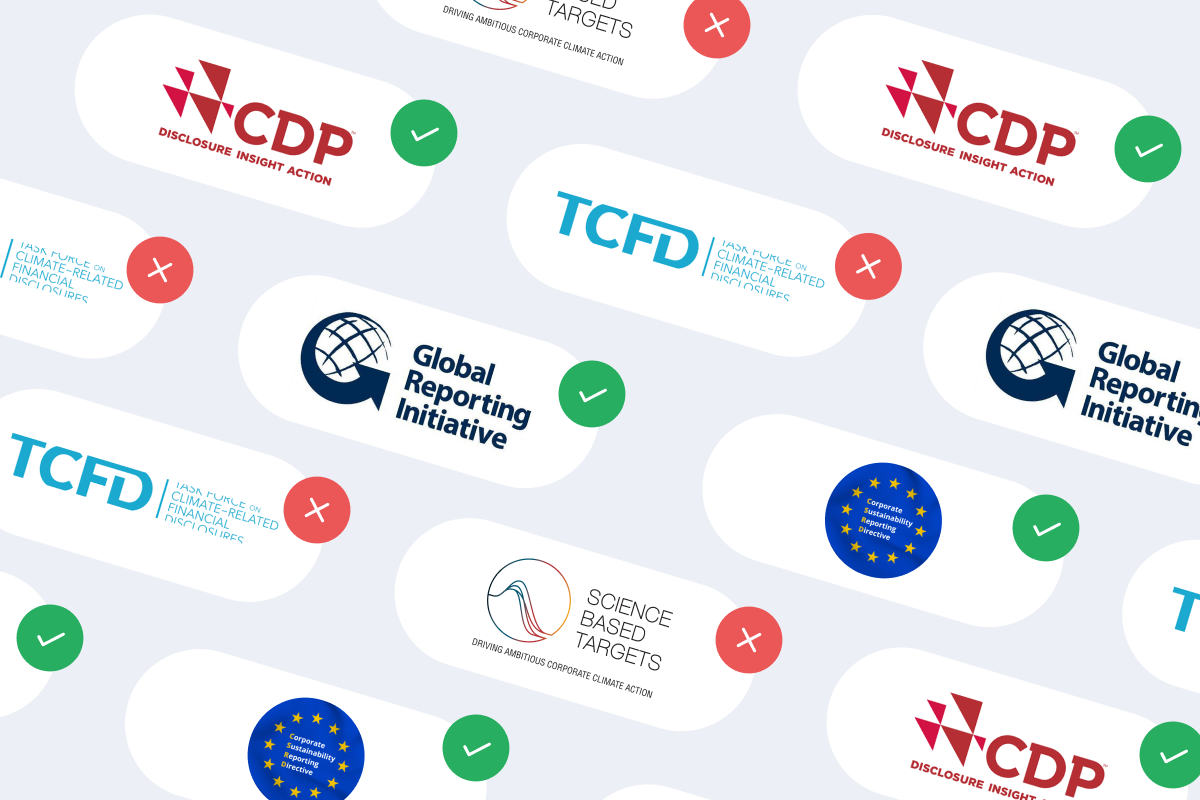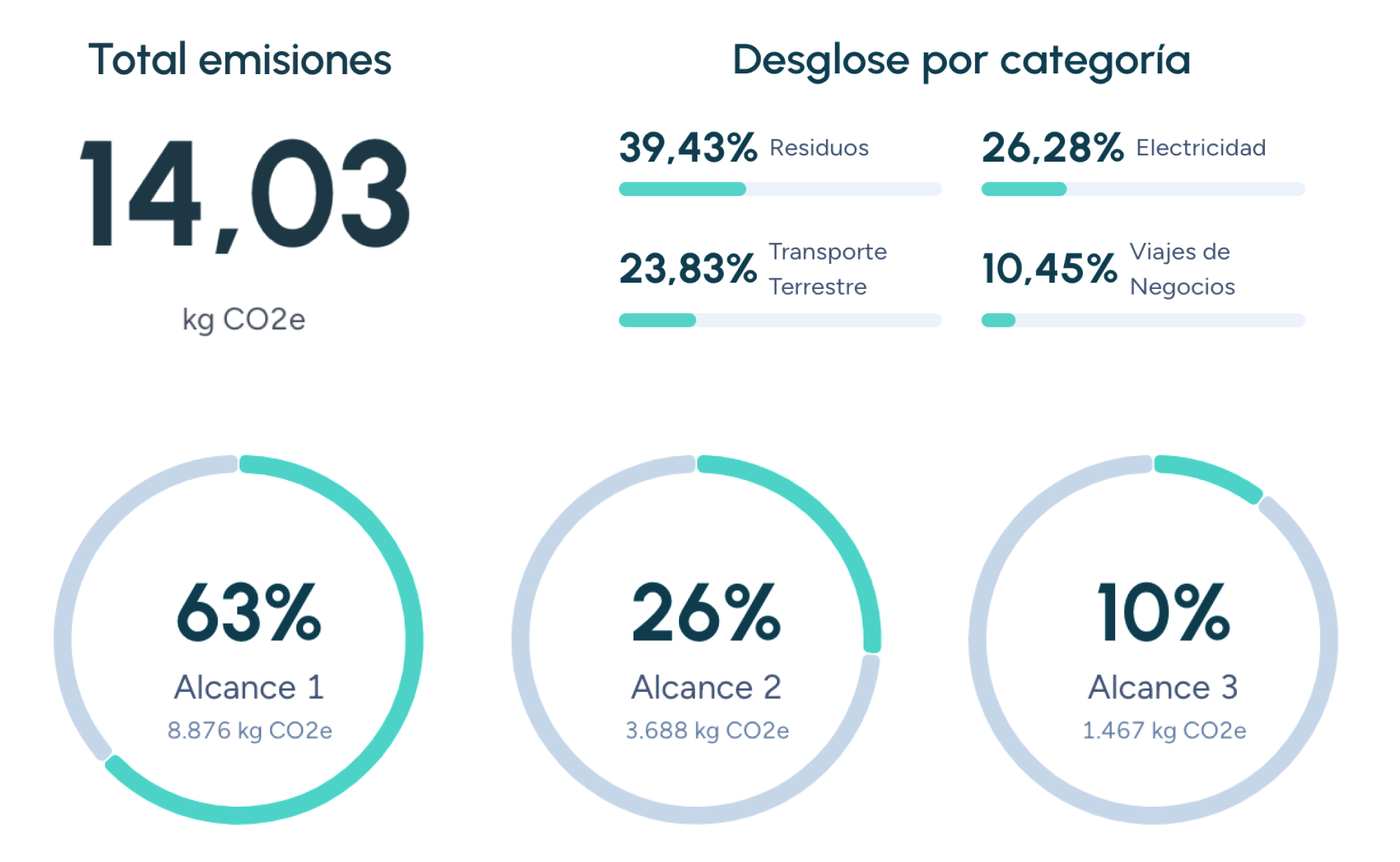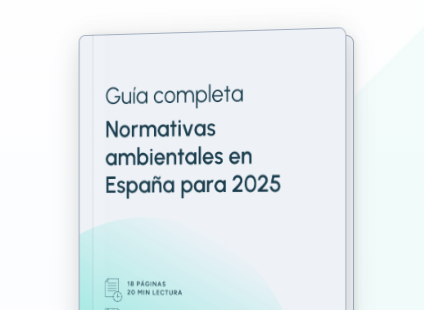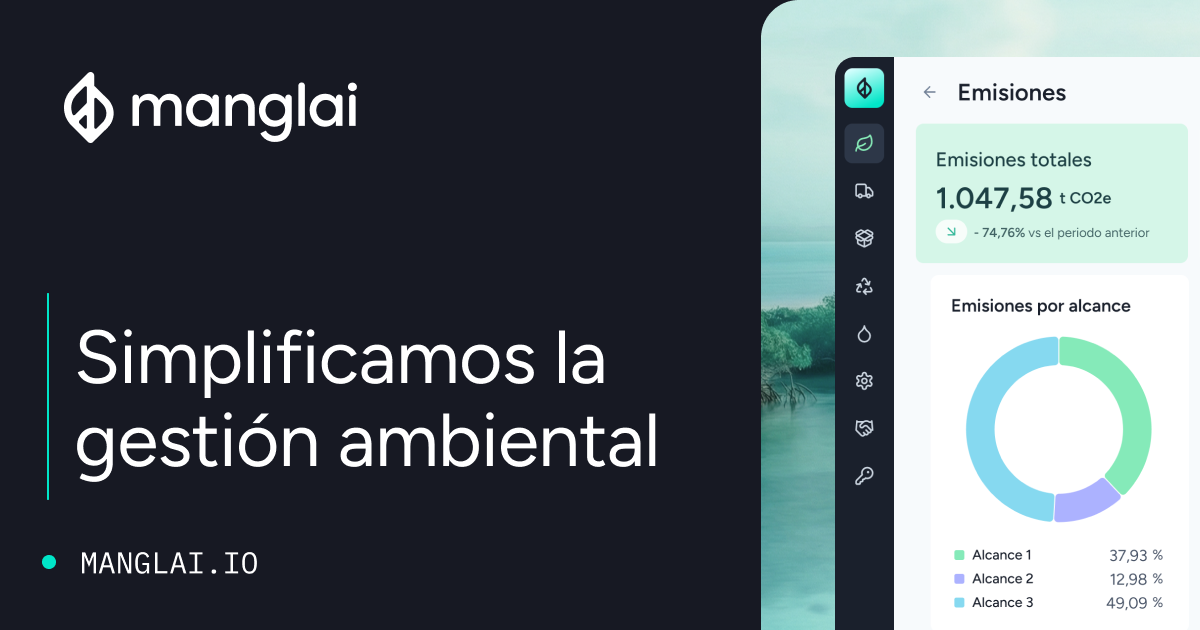G
Green Water Footprint
The green water footprint quantifies the volume of rainwater stored in the soil as moisture and consumed by crops and vegetation through evapotranspiration.
It refers to water that neither runs off nor percolates into aquifers but is instead used in situ, being especially relevant in rainfed agricultural systems and natural forests.
Methodological foundations
- Defined by the Water Footprint Network (WFN): To differentiate between surface/groundwater sources (blue water) and rainwater.
- ISO 14046: Incorporates it as a locally renewable resource flow within water footprint inventories.
Relevance of the green footprint
- Agricultural productivity: Represents up to 80% of global water consumption in rainfed agriculture (wheat, soy, maize).
- Ecosystem services: Sustains forests and grasslands, regulating the carbon cycle and biodiversity.
- Water security: Using rainfall reduces pressure on blue water sources and improves resilience to drought.
Basic calculation
Formula:
Green footprint = Effective precipitation − Runoff − Deep infiltration − Residual moisture
It is expressed as a volume per product unit (L/kg) or per area (m³/ha).
Optimization strategies
- Conservation agriculture: Minimal tillage, cover crops, and crop rotations that enhance moisture retention.
- Rainwater harvesting: Terraces, trenches, and micro‑catchments that infiltrate water into the soil profile.
- Resilient crop selection: Varieties with growth cycles suited to local rainfall patterns.
Related indicators
- Green‑to‑Blue Ratio (G/B): Proportion of green water use relative to total; higher values indicate lower irrigation dependence.
- Rainwater use efficiency: Yield (kg) per cubic meter of green water consumed.
Limitations and challenges
- Climatic variability: Changes in precipitation patterns affect green water availability.
- Soil degradation: Compaction and loss of organic matter reduce water‑holding capacity.
- Spatial data: Monitoring soil moisture requires remote sensing and in‑situ sensors.
Measuring the green water footprint helps optimize the use of rainfall, reduce the blue footprint, and strengthen food security—essential in a context of climate change and growing agricultural demand.
Companies that trust us

Agricultural Water Footprint
The agricultural water footprint is the total volume of freshwater (green, blue, and grey) consumed and polluted in the production of crops and livestock products.
Blue Water Footprint
The blue water footprint represents the volume of surface and groundwater withdrawn from rivers, lakes, reservoirs, and aquifers to produce goods and services.
Blue Water Scarcity
Blue water scarcity is an indicator that compares the consumption of surface and groundwater resources (blue water footprint) with the availability of renewable freshwater within a river basin over a specific period.
Guiding businesses towards net-zero emissions through AI-driven solutions.
© 2025 Manglai. All rights reserved
Política de Privacidad


